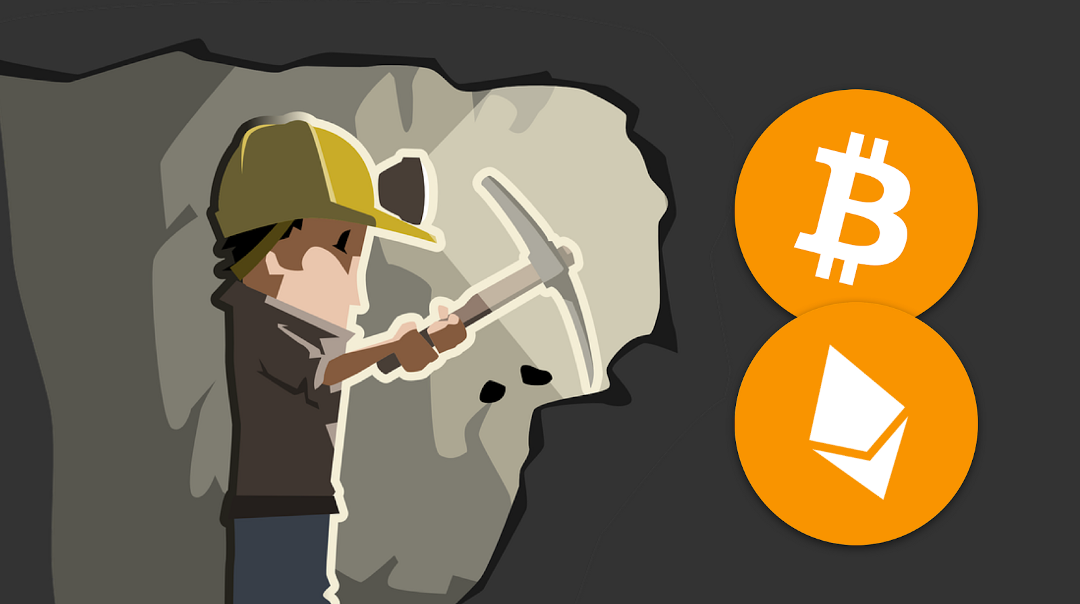To answer this question, we must first understand the difference between a decentralized storage project and a traditional blockchain project.
There is no supply and demand problem in traditional blockchain projects
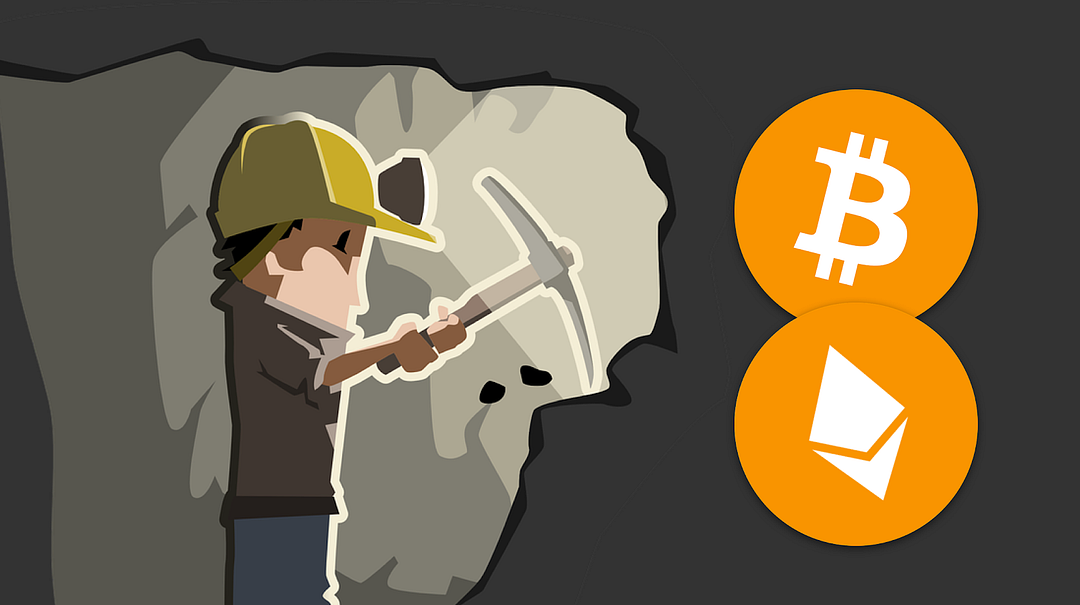
First of all, the cryptocurrencies headed by Bitcoin and Ethereum, they both have an important part called mining. From a technical point of view, the reason why mining is needed is that they use the consensus algorithm POW(Proof-Of-Work).
The essence of Bitcoin’s mining algorithm is to decide who generates the block, and therefore who has the final say. How does Bitcoin decide who generated the block?
Very simple, Sakamoto designed a cryptographic guessing number game. This game is to let all the miners guess the numbers, but the number required to guess must meet a condition. Among the miners, whoever guesses the right number will be eligible to generate blocks, then they will be rewarded. Others will verify if the person really guessed the right number to determine the legitimacy of the winner. Then it came a company called Bitmain, which designed a low-power consuming machine that is also super-concurrent to guess the numbers — It is the ASIC mining machine.
In addition to the rewards, the nodes of the bitcoin-generated block have an important job of packaging the entire network during this time and writing to the blockchain. Since it does very little work, there are a lot of wasted resources. As a result, it is a common knowledge that bitcoin mining is a waste of electricity.
On the contrary, Ethereum is relatively more valuable than Bitcoin, because Ethereum runs smart contracts. But the essence of Ethereum is the same as Bitcoin, which is also determined by guessing who produces the block. The work done by the nodes of the Ethereum block is greater because it executes the EVM virtual machine program to execute the smart contract.
The principle of other mining cryptocurrencies is almost the same, but the details are somewhat different. The enthusiasm of miners involved is only to compete for the right to generate blocks, who will be rewarded for generating the block.
Therefore, the traditional cryptocurrency project does not have supply and demand; no matter how many people participate in mining, it will not affect the operation of the network.
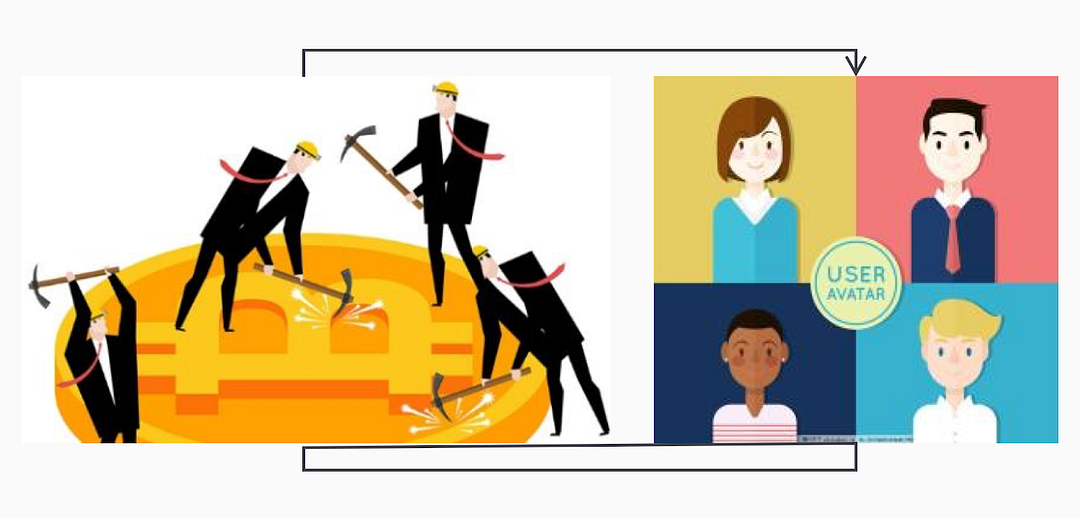
Decentralized storage projects are different. The relationship between miners and users is not only through the relationship between the elections, but also a new relationship. This is to allow certain people to allocate their hard drive space and bandwidth to provide services to generate income; which is the supply, whereas the opposite end who pays to use these services; is the demand. With the supply and demand mechanism, the underlying logic will also be different. Speaking of supply and demand, you may wonder “Isn’t this a shared economy?” That’s right, this is essentially a shared economy. Imagine Uber is like a decentralized taxi and Airbnb is a decentralized hotel.
Hard disk mining is not equal to decentralized storage
Some hard drive mining projects, such as BHD (which is a hard fork of Bitcoin) and classic BurstCoin. Their main consensus algorithm is called Proof Of Capacity (POF) or POS (Proof of Space). POC is simply to prove that you have provided hard drive capacity, then you are likely to get a block reward. The algorithm that BHD claims to use is the CPOC (Considering-Proof of Capacity). In fact, it only makes a small improvement on the basis of the POC of BurstCoin. The essence is the POC algorithm.
What is the principle of POC? You can simply imagine a lottery ticket. How does the POC issue lotteries? Each miner constantly calculates the hash and then writes the hash to the hard disk, which is equivalent to writing the lottery number to the hard disk. The larger the hard disk, the more numbers written, and the greater the probability of winning. The award rules are published at regular intervals, and whoever has the number that meets this rule will be motivated to generate the block. Under this mechanism, the bigger the hard disk space, the higher the chance of winning.
The principles of hard disk mining and bitcoin mining are very similar, essentially using resources to make meaningless hash calculations. Bitcoin consumes real-time computing resources; hard disk mining consumes hard disk resources, and the data are written to the hard disk actually has no meaning.
POC hard drive mining I think there is no prospect. Because the development trend of blockchain is the concrete realization of value. If bitcoin is blockchain 1.0, then Ethereum goes further than bitcoin because it introduces a smart contract that can be programmed in Solidity’s high-level language to program any smart contracts. In fact, the cryptocurrency itself is a kind of smart contract. This is a step further from the realization of the value of the blockchain.
Therefore, Ethereum is a well-deserved blockchain 2.0. Hard disk mining, such as POC, does not help the implementation of the value of the blockchain. It simply replaces the resource consumption of Bitcoin with a new resource to consume, without any actual value. This is still a resource consumption, which I don’t think is the progression of blockchain, but rather a retrogression. This will not form a community consensus.
In decentralized storage, it is a miner or a storage node.
Decentralized storage, unlike traditional blockchain projects, provides services that users can use, because it does not rely entirely on the rewards of generating blocks. So strictly speaking, the nodes that provide hard disk and bandwidth services in the decentralized storage project are not called miners, instead I call them storage nodes.
The difference between the two are: Miners rely on guessing numbers or checking lottery tickets to obtain random rewards, while storage nodes gain the benefits of matching labor by providing valuable hard work.
If you think about this from a business perspective, decentralized storage is essentially a shared economic issue. The user is the demand; the storage node is the supply. In the early start-up process of the sharing economy, we must think about whether to pull the supply first or to pull the demand.
Decentralized storage has supply and demand problems
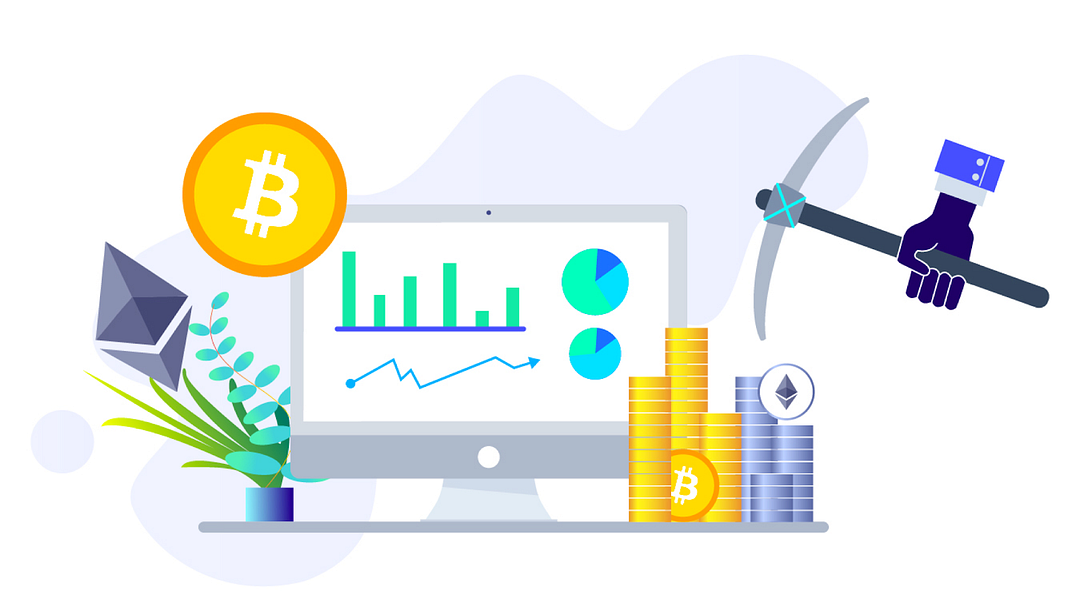
What we usually think of is to pull the supply first, because pulling the supply is relatively simple. The release of a blockchain-based incentive rule in the community can motivate miners to deploy storage nodes to provide services. This may seem simple, but the problem is coming soon. There is a large number of people providing storage, but there are not enough users to use them. How can the benefits of miners be guaranteed? If the demand can’t keep up, the miners will soon find that the gains are not up to expectations, or there may even be no gain, consequently the miners will stop provide storage nodes. This way, the storage node will be very unstable and the quality of service provided to users will be greatly reduced, eventually forming a vicious circle.
You might say that ifan incentive mechanism is implemented, where users are rewarded by just connecting their hard drive to the network, without having to provide any storage space. Is it solved? Yes, this is equivalent to introducing the POC mining mechanism mentioned above, which can really alleviate this problem, but it cannot fix this problem.
What should I do? To solve this problem, we must first understand the nature of the problem. From a business perspective, supply and demand are often difficult to pull at the same time. In the face of the decentralized storage supply and demand, I think it is more suitable to pull the demand first. That is, we should first focus on allowing users to grow.
Pulling the demand is to pull the user amount first. Let the storage requirements come out. Then the problem is coming, the demand is there, but there are not enough storage nodes to provide services. What should I do? It’s actually really easy. The platform can deploy storage nodes first to provide the earliest requirements. The platform can also early find some big partners through business negotiations to provide early support. As long as the demand is stable and there is a trend of continuous upward volume, it is time to encourage a large number of community storage nodes to enter. Further, if the demand and supply growth of the flywheel can continue to turn, then this decentralized storage project can also grow steadily.
This is not the only reason why a shared economy is being developed, but there are also underlying technical reasons.. From a technical point of view, all project need a progression from the beginning to the maturity. Within the period of progression, the program may be unstable or experience bugs. If such a service runs on a large number of unstable storage nodes from the beginning, it will create many uncertainties. These uncertainties will eventually lead to a significant reduction in the quality of network services. If a user does not have a good experience from using the service, he will not continue to use it. In order to avoid such a situation, it is best to provide a stable supply in the early stage until the p2p algorithm is good enough. When p2p technology can provide stable services under unstable networks, it is time to open to civilian miners. Of course, this process can be carried out step by step, without having to be completely open at one time.
About PPIO project
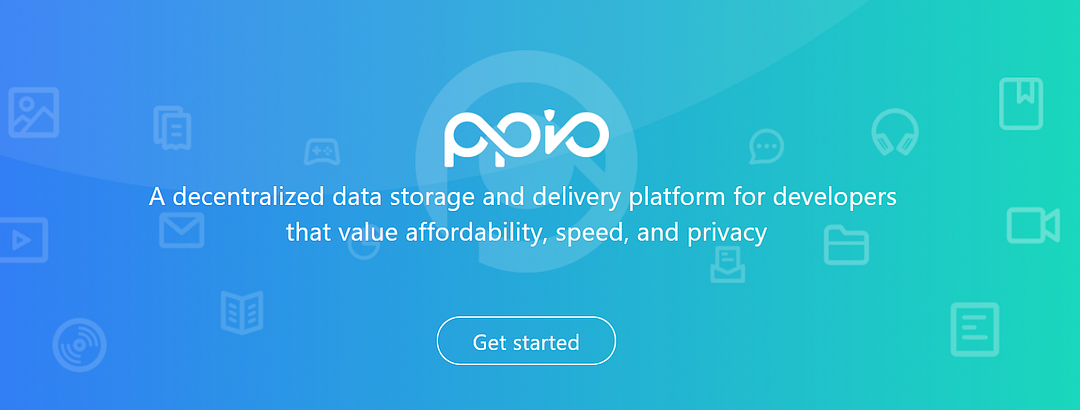
Bill and I launched the PPIO project to provide a decentralized data storage and delivery platform for developers that value affordability, speed, and privacy. The PPIO project is based on the thinking I described above. While we are doing the decentralized storage public chain, we will also do the Internet explosion application. We will first pull the PPIO user demand and then use the incentive to drive the community to provide storage services after the demand is stable. I believe that the public chain with explosive application scenarios is a truly valuable public chain.
Finally, I have a small question. If you think that decentralized storage projects require a rapid increase in the number of users, should you pull the demand first or pull the supply first?

